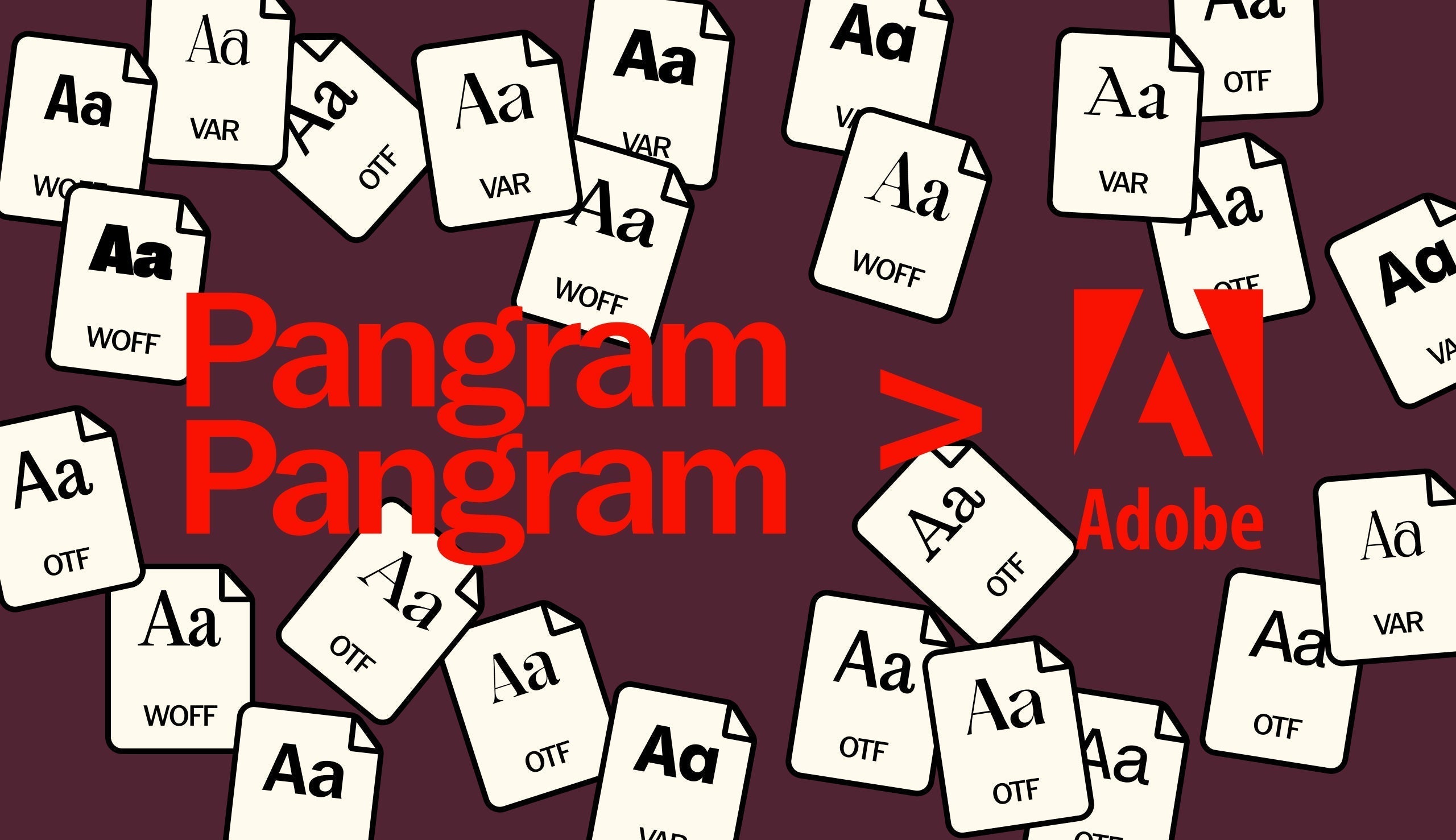Seoul-based graphic designer Jaehoon Choi has an eclectic practice spanning visual identity, graphic, product, type and exhibition design, however, it is perhaps his satisfying personal explorations of technical visualisation – be it collaborative or individual – that has most greatly captivated the creative scene.
Having found a unique space within his artful practice, Jaehoon challenges the role of ‘creative.’“I think there are many roles of graphic design for a designer,” Jaehoon explains, “but there are two roles in my opinion,” he adds. Listing “visualising information and data tridimensionale, and constantly searching for and researching beautiful shapes and attractive aesthetics,” as the given options. “I think what I am aiming for is always under these two standards,” Jaehoon remarks.
Harking back to the beginning of Jaehoon’s creative awakening, the founder of Studio Werk tells us, “the reason I started graphic design originally was because of my great interest in language and speech,” captivated by the variety of their appearances; be it written, heard or spoken. “I thought it would be interesting to see it in various forms under one rule of language,” he recalls, opting to express as such typographically before evolving this curiosity into the forms, systemisation and anatomy of objects. “I thought it was cool to see it in various forms as there were many repetitions and variations,” he explains, “so I tend to enjoy the method of partially borrowing such typological forms and repeating the setting of certain rules,” whereby he both dutifully abides by and wonderfully subverts them.


It is here where we find a respect and harmony between creative and creation. Where slick, smooth and sophisticated shapes find space between their origin and their subversion. “I think that shapes that are always elaborate and orderly have their own charm,” Jaehoon remarks, “when I design, I mainly think about how to fill the space on the screen and how to balance the filled and empty space,” finding and presenting a beauty in layering, arrangement and proportion. “If I have to define it,” he adds, “it could be seen as creating a structural or architectural layout with multiple layers and colours.”




Leading this exploration, fundamentally, is an innate sense of play; an important nuance that is instrumental to the concept, aesthetic and success of Jaehoon’s work. For Jaehoon, this typically comes through his choice of typefaces. “Whenever I start a project, I think about what typeface would suit the project first,” he explains, “because by selecting one typeface, the work attitude is determined to some extent in the design,” whereby his choice of type “acts as a kind of lighthouse” to the work. Setting its tone, and laying the initial groundwork for which he will respond to.


When it comes to choosing what typeface to use, the decision is equally as nuanced as the resulting work. “I tend to purchase typefaces after understanding the impression and character of the typeface,” he recalls, enlivened by the imperfection and humour that can be found. “There are many things that I’ve made by using letter forms of the past or taking inspiration from a specific form,” Jaehoon explains, “by cropping the Nike Swoosh, I created lettering made with only curves within a rectangle,” he mentions, “creating lettering with very thick strokes carrying the characteristics of Edo-styled Chinese characters, and a typeface inspired by the bridge of a Mobius strip.”


For Jaehoon, the process of choosing typefaces differs from project to project, however, is fundamentally driven by the desired “feeling or atmosphere” of the work itself. “After thinking about the colour and typeface that will lead the mood, I try to create various layouts on the screen,” he explains. “It takes a lot of time to experiment with different layouts,” Jaehoon explains, continually experimenting across a project from complex to elementary applications in order to evoke the right balance of tone and context. “Except for visual beauty or balance,” Jaehoon remarks, “‘what kind of visual language and atmosphere do I want to create?’ is the most important thing,” he adds, “and I think a typeface is what does that in the best way.”




Considering the rewarding nature of their practice, Jaehoon recalls his “mutually satisfying” collaboration with Nike Seoul, and how he found himself moved by people opting for and customising the work that he “had been struggling with all night long” across the large-scale project. Crafting striking flexible graphic tableaus for Nike By You customers to use, Jaehoon explains “I mixed Korean heritage and Nike's identity together,” he adds, “in order to express the city of Seoul three-dimensionally” through his focus on capturing the culture and contemporary appearance of the city. “The main theme was the fusion of traditional elements and high tech, digital-friendly city,” Jaehoon recalls, conveying this through a variety of classic and contemporary emerging typefaces. “I was satisfied with myself for the project,” Jaehoon remarks, “but if design can inspire and entertain people, I think the design is worthwhile,” he adds, concluding, “that's why I still believe in the positive power of art.”









